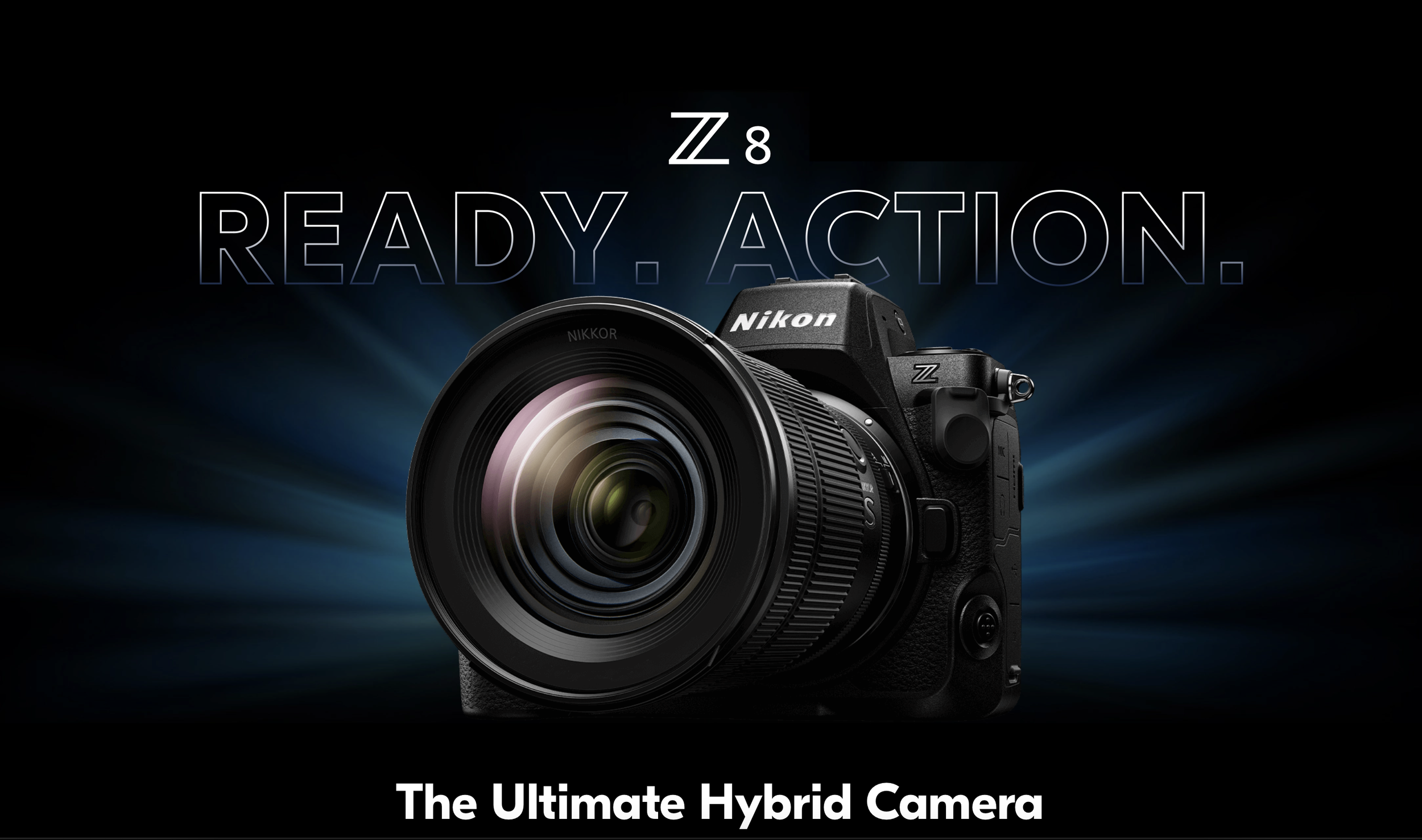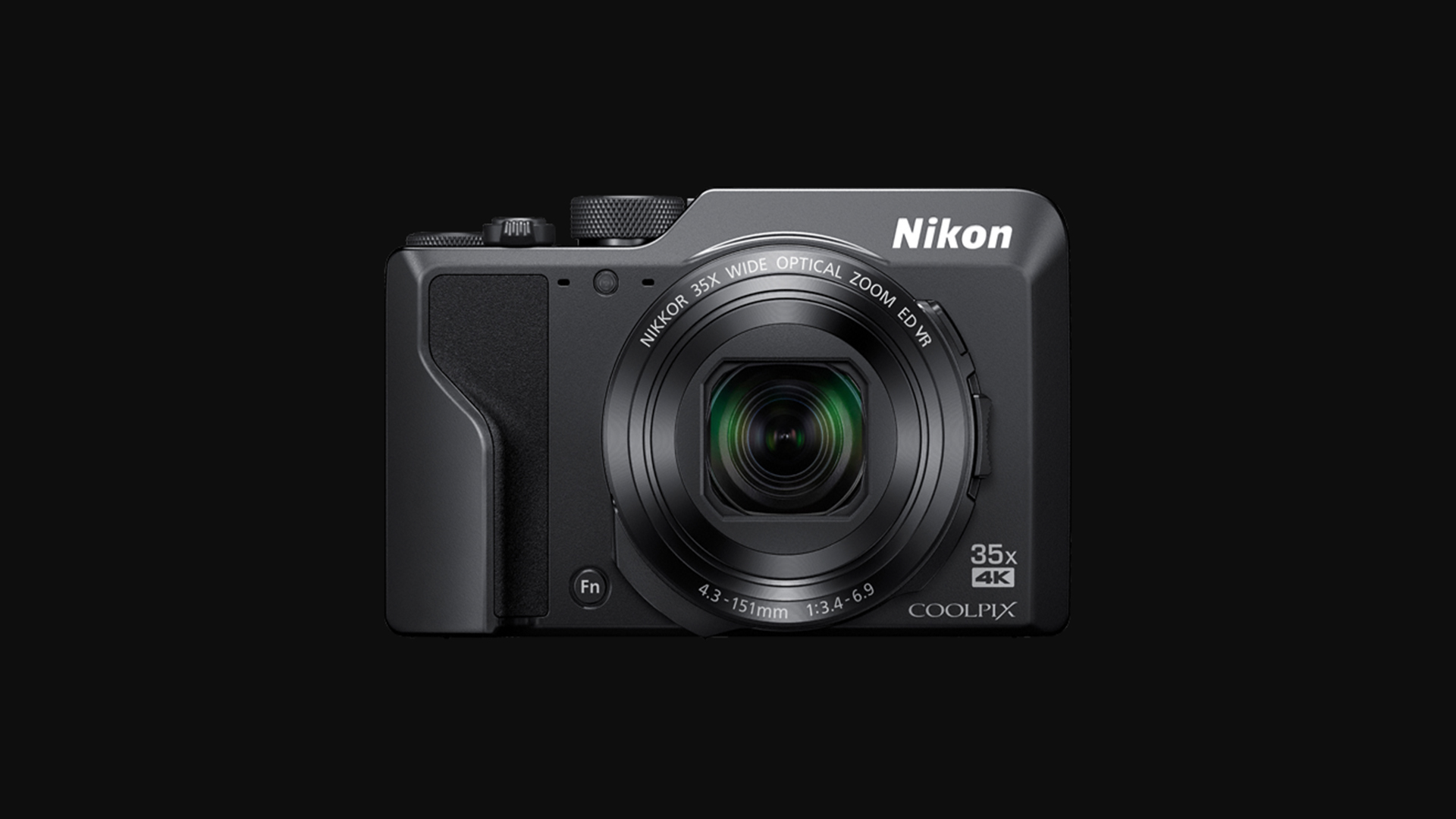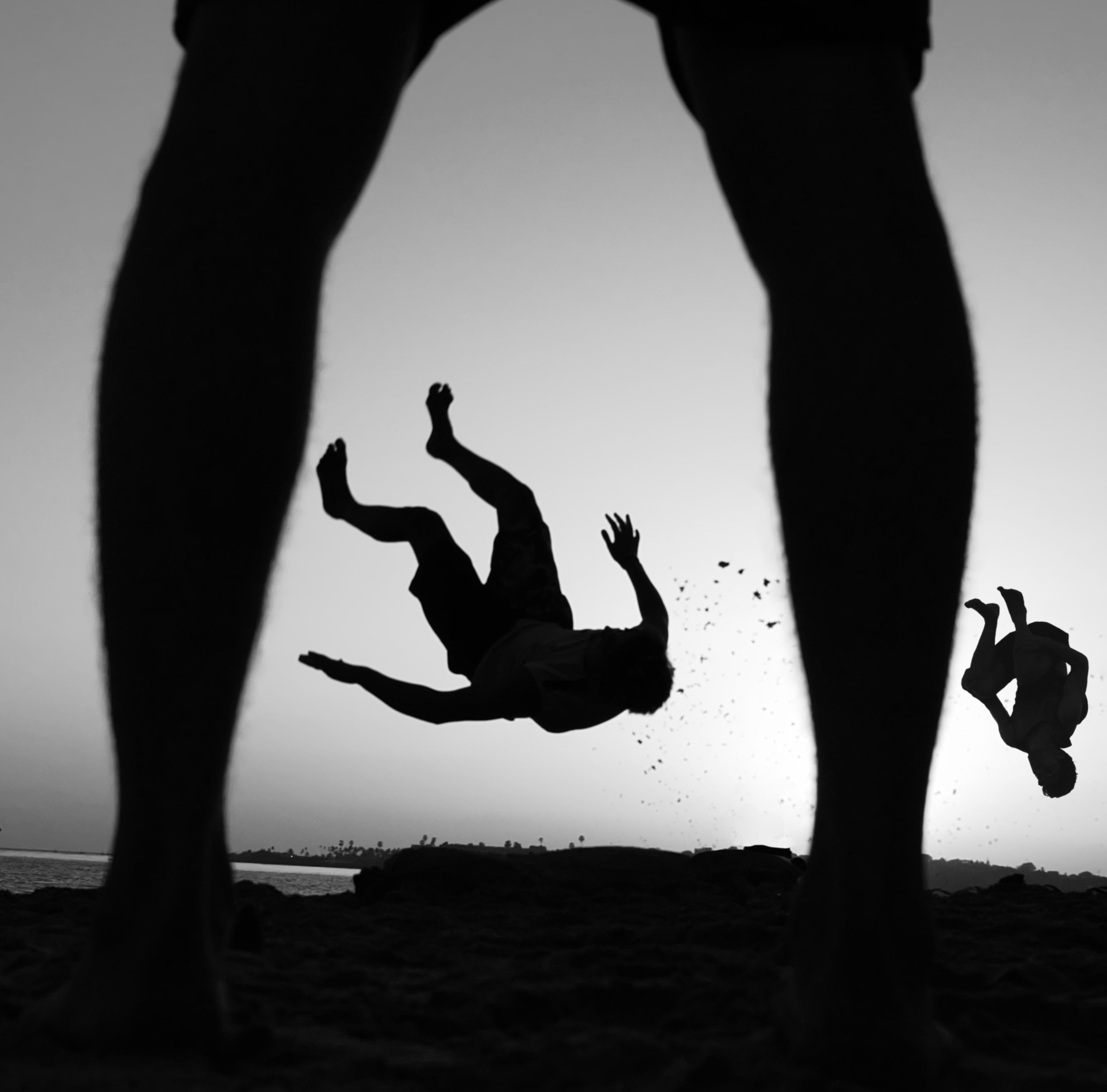How to shoot video on DSLR and mirrorless cameras
What is video?
Video is nothing but an optical illusion. When a series of images is played back to you quickly, due to persistence of vision, it seems that the object is moving seamlessly - and this is video!
What frame rate to shoot on?
The basic minimum frame rate required to create an illusion of seamless movement is 24 frames a second ( 24 fps) or 24 images in 1 second. So 24 fps is the standard frame rate at which modern motion pictures are shot. Any slower than this and the image will not appear to move seamlessly.
So if you are after that film look the 24fps setting on your camera is the one that you should use to shoot your videos.
Is 24 fps the best frame rate for video?
But is 24fps the best frame rate to shoot at? Well, for me, living in India or for anybody living in India, Europe, rest of the world except the Americas, Japan and a few other countries - the best frame rate in my opinion is 25 fps.
Why shoot 25 frames per second ?
Why 25fps? Well, for one, 25 FPS is very close to the film rate of 24 fps. So much so, that it is practically impossible to make out the difference between the two.
Secondly, if you are shooting at 25 fps in these countries - you can shoot outdoor and indoors without fear because if you're shooting indoor under domestic lights at any other frame rate like let's say 30fps you might encounter banding because the electricity in these countries is supplied at 50 Hertz.
Thirdly, the professional television broadcasting system followed in these countries is PAL which is based on the 25 fps frame rate. With lines between television and digital blurring, why would you want to rule out the possibility of your content or footage getting picked up by any major broadcaster?
What about 30 frames per second? When do I shoot that?
Well, if you live in the Americas, Japan or any other country that follows the NTSC system, the standard frame rate for you would be 30fps. Of course if you're shooting for digital (YouTube, Vimeo etc) and you are outdoor, you can choose between any frame rate whether it is 25, 24 or 30.
What is the best shutter speed to shoot your videos at?
Well, our eyes are accustomed to a certain amount of motion blur in real life and in order to replicate that your shutter speed needs to be twice that of your frame rate. So, for example, if you are shooting at 24 fps your shutter speed will be 1/50th of a second since most cameras do not have an option of 1/48 shutter speed. Similarly, if you are shooting at 25 fps your shutter speed will still be 1/50th of a second and if you're shooting at 30fps your shutter speed will be 1/60th.
What happens if your shutter is faster or slower?
If your shutter speed is more or less than double the frame rate, the motion blur does not seem quite natural.
What should my aperture be?
The cinematic look of video has largely been associated with a shallow depth-of-field, and in order to achieve this you need a lens with a large aperture like the 50mm 1.8. If you don't have such a lens then you need to open the aperture on your existing lens as much as you can.
Now, opening the aperture comes with its own set of problems, especially if you're shooting in daylight. First, the shutter speed increases giving the video an unnatural look. In this case, you have no option but to use an ND filter on the lens to bring down your shutter speed. Secondly, opening the aperture creates a very shallow depth of field which makes it very difficult to focus on moving objects. In this case, it might be wise or prudent to stop down your aperture to f/2.8, f/4 or f/5.6
What should my ISO be when shooting video?
The ISO should be as low as possible, e.g. ISO 100.
Should I focus manually, or use the autofocus while shooting video?
Well, the short and the long answer to this is that you manually focus because the autofocus system on most of the cameras except for some top and ones is not really good and even if it is good it is not really predictable. It is the last thing that you want while shooting a video is that your camera starts hunting for focus or focuses on the wrong subject.
So, if you want absolute creative control in terms of focus and timing - manual focus is the only way to go because this is the way it is done in even the biggest of films and television shows. In fact, the top end cine cameras like Reds and Arris do not have autofocus at all.
How do I get slow motion on my camera?
Now let's understand, what slow motion is. Slow motion is achieved by using a higher frame rate in the camera. The higher your frame rate is, the slower your footage will appear because the camera is trying to playback, let’s say 1000 frames in a single second. So, naturally, the footage appears very slowly in comparison to the more natural looking 24fps or 25fps. There are specialized slow motion cameras that capture slow motion footage up to 10,000 frames a second!
Speaking of mass market cameras like the dslr and mirrorless cameras, most cameras give you the option of shooting at 50fps, 60 fps or even 100 FPS. Many cinematographers believe that shooting at these high frame rates gives the footage a smoother look, but I kind of disagree. Even Peter Jackson shot "Hobbit" at 48 fps instead of 24 and the audience didn’t enjoy it, probably for the same reason that I do not like it, because it makes the footage look kind of unreal. But if we take the same footage say shot at 50 fps, lay it down in an editing software and play it back at the standard frame rate of 25 fps, it gives a beautiful slow-motion. The higher the frame rate, the slower the slow-motion will be. Remember: when shooting at a high frame rate, your shutter speed still needs to be twice the rate at which you are shooting. E.g: 100 fps = 1/200
A little more on frame rates
In some cameras you might have to switch between NTSC and PAL to access the other frame rates. Some cameras give you the option of shooting at 50i, 25p, ALL-l or IPB. These are nothing but the methods to control the quality and the file size of your video. So remember that “p” is better than “i” even though the file size might be larger and similarly ALL-I is better than IPB. There is still a lot more to talk about as far as shooting video is concerned like HD, full HD, UHD, 4K, bit rates and aspect ratios but we will leave that for another time. If you have made it this far, please do subscribe to our channel GMax Studios on YouTube.




















